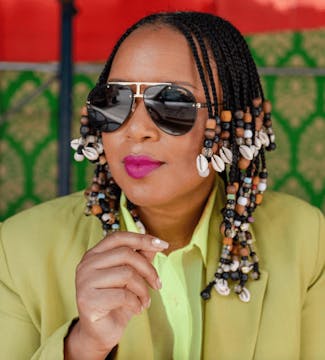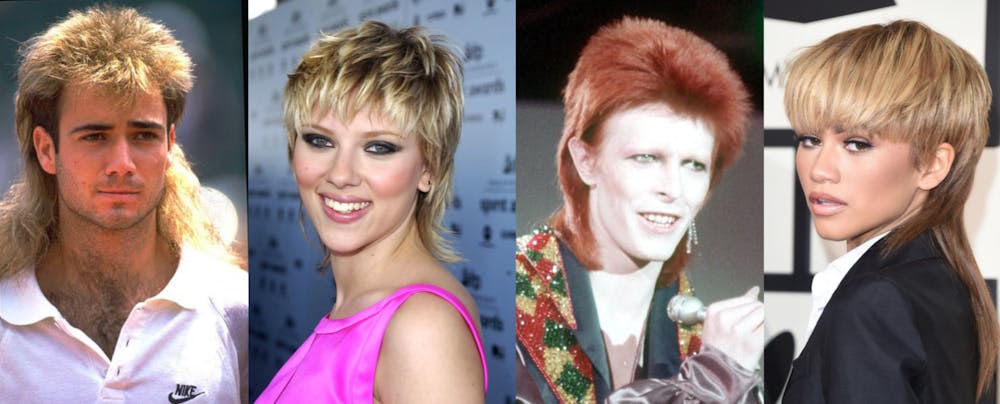Very few hairstyles stir as strong of a reaction as the mullet. From masculine to feminine, high fashion to tacky, the only thing that has remained fixed about the mullet has been its association with rebelling against the norm.
For some brief context on the hairstyle’s history, the mullet dates back to ancient Greece. Worn by warriors, the hair in the back was grown out to keep their necks warm in harsher weather and cut short in the front so they could see clearly for battle.
In a way, the haircut also resembled a helmet, a symbol of authority. The mullet was first associated with courage and honor, worn in depictions of many Greek gods and heroes. In other cultures, different types of mullets were primarily sported by men, further solidifying the hairstyles’ roots in celebrating bravery and honour in hand with masculinity.

These roots made the mullet a perfect revamp opportunity for the 1960’s, when the hairstyle caught more traction as rock musicians, counterculture figures and famous athletes bought into the trend. By the 1980’s, the mullet was a trendy statement. It was the kind of hairstyle that was easy to spot from a mile away, one made evermore exuberant alongside other trends of the 1980’s, such as neon patterns and shoulder pads.
But, as trends do, in the early 1990’s, the mullet went out of fashion. The 1990’s brought back minimalist and sleek styles, labeling the mullet as a number one fashion “don’t.”

Some would mark this as the death of the iconic updo, but recent trends would suggest otherwise.
As we are seeing a return to maximalism that brings about individuality and mixing of traditionally masculine with feminine aesthetics, we are also seeing new, modern renditions of the mullet coming back into fashion.
However, what is so interesting and unique about the modern mullet is that it also uniquely reflects politics in fashion, being worn on both sides of the aisle in America.
Someone may sport a mullet because they believe in traditional roles and stereotypes of masculinity, associating the style with ideals of courage and, relatedly, patriotism, perhaps reflecting their values of returning America to traditional ideas of gender roles.

Others may sport a mullet because they believe in newer ideas of gender fluidity that align with fashion choices of mixing feminine and masculine aesthetics. The style might act as a challenge to traditional gender roles in America.
It is truly fascinating how a haircut can carry this kind of political weight, but it makes sense when you understand that the mullet, at its core, is about rebelling against the norm and doing it proudly.
The mullet isn’t quiet: it is loud. It doesn’t shy away from cringe; it doesn’t decide on what it wants to be; it doesn’t care if you don’t like it. The mullet isn’t a lot of things, but one thing is for certain: the mullet is — and has always been — here to stay.
This article was edited by Maria Tedesco, Marina Zaczkiewicz and Abigail Turner. Copy editing done by Olivia Citarella.





